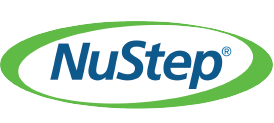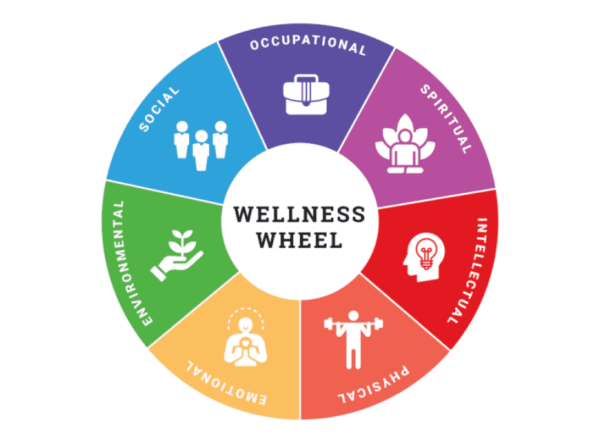Defining Whole-Person Wellness.
On the face of it, the term whole-person wellness might seem like a fad from the 60’s era of pop psychology. True, the concept of wellness was introduced in the 60’s. But it was no fad.
The concept evolved in the 70’s with the development of a wellness model. It subsequently gained prominence in the 80’s. Today, the movement toward whole-person wellness continues.
The reasons? The high cost of health care and changing demographics were a driving force. Research that supported the concept continued the push. Most importantly? The positive impact on one’s well-being and quality of life.
Addressing The Whole Person
Whole-person wellness is holistic and multi-dimensional. It’s a conscious, ongoing process that encompasses all aspects of one’s life. It embraces self-responsibility, optimism and self-worth. In addition, it is self-directed. And, it promotes the active pursuit of a lifestyle that supports each dimension of wellness.
Dimensions Of Wellness
In 1976, Dr. Bill Hettler, co-founder of the National Institute of Wellness, developed the wellness model concept. It included six dimensions of wellness: physical, emotional, intellectual, social, spiritual and vocational (occupational). In recent years, the wellness model has expanded to include the environmental dimension. The dimensions are frequently referred to as the wellness wheel.
The following definitions are drawn from the Center for Successful Aging at California State University, Fullerton and the International Council on Active Aging (ICAA).
Emotional Dimension: It encourages us to recognize, express and accept our feelings. To manage our emotions and behaviors in a positive way. To love others and ourselves.
Environmental Dimension: It encourages us to understand how our daily habits affect the environment. To take steps to protect the environment and improve our surroundings. To take time to enjoy nature.
Intellectual Dimension: It encourages us to use our minds for greater understanding of ourselves and others. To expand our knowledge and skill set. To develop and express our creativity.
Physical Dimension: It encourages us to get regular exercise to build strength and endurance. To maintain healthy diet and sleep habits. To manage our health and safety in a proactive way.
Social Dimension: It encourages us to foster healthy relationships and social networks. To contribute to our environment and community. To pursue a sense of connection in our lives.
Spiritual Dimension: It encourages us to seek purpose and meaning in our lives. To develop a set of ethics, values and guiding principles. To appreciate the depth and expanse of the universe.
Occupational Dimension: It encourages us to seek satisfaction and enrichment through our occupation, goals and interests. To share our gifts and talents. To feel a sense of purpose in our lives.
The Whole Is Greater Than The Sum Of The Parts
At times, we may be much stronger in some dimensions than others. The goal is to strive for a balance that works for you. However, since the dimensions are interrelated, there is overlap between them. In other words, our habits/actions can address multiple dimensions at once.
For example, let’s say you support the American Heart Association to honor a loved one who died of heart disease. This addresses the spiritual and emotional dimensions. As part of your commitment, you participate in the annual heart walk held at the local campus (physical and environmental). In addition, you volunteer to register participants (vocational and intellectual). Finally, you rally a group of family and friends to join you (social).
Individually, each dimension is important. However, when taken as a whole, the impact on our well-being and quality of life is powerful.

